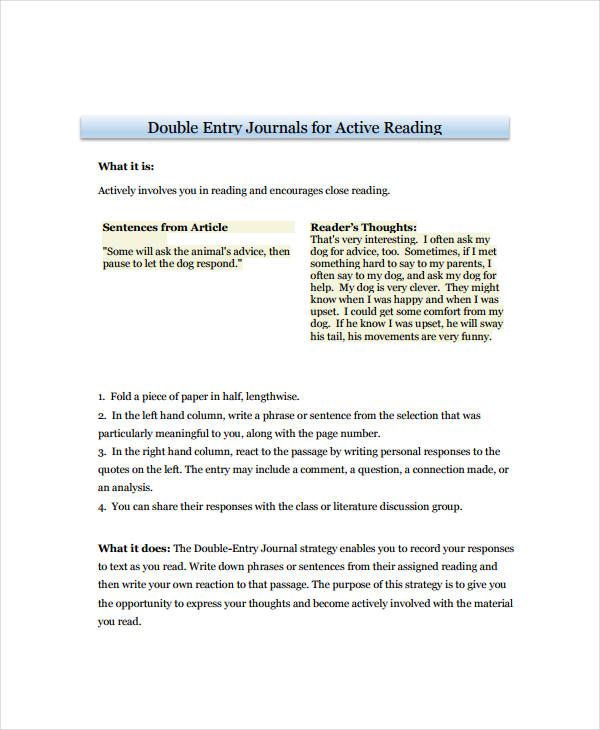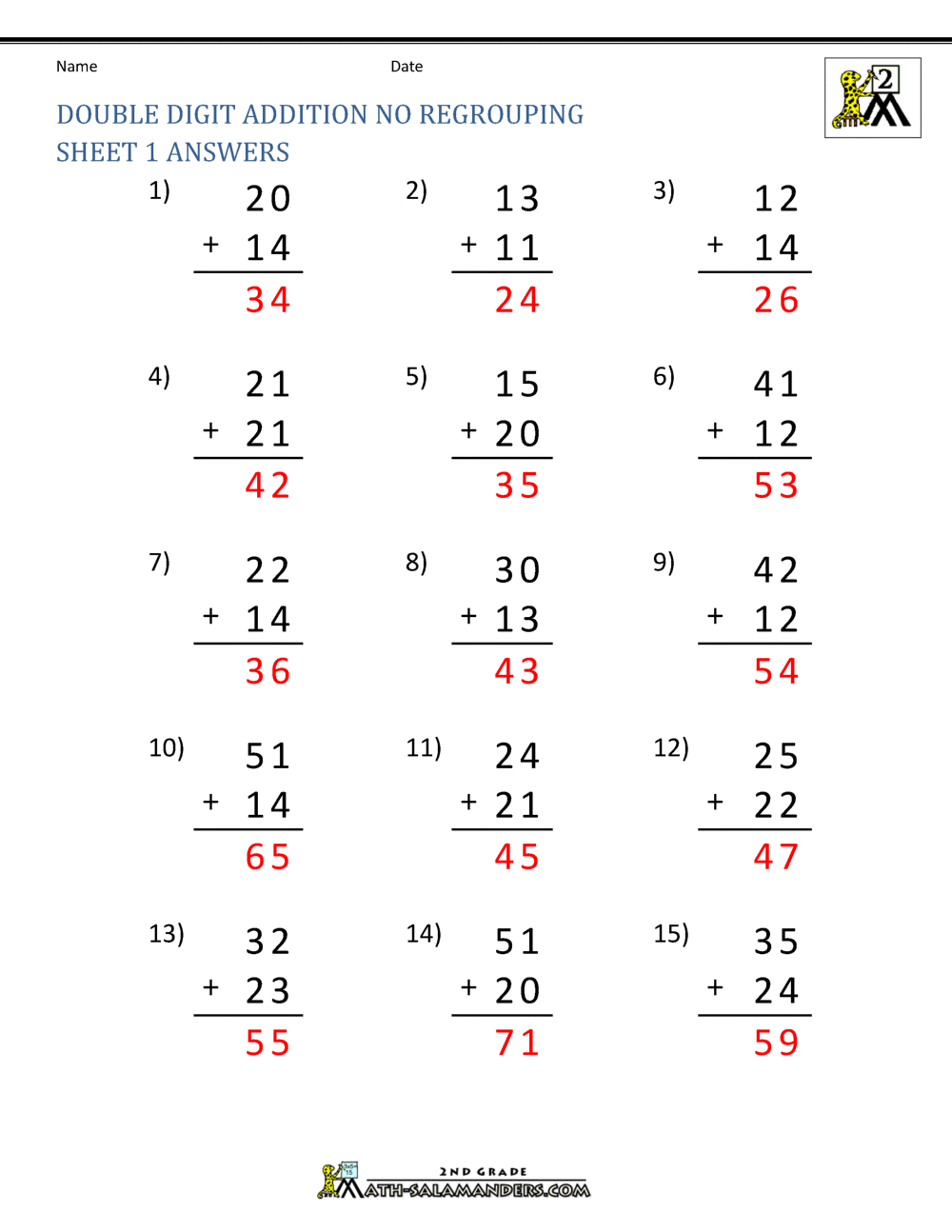
Monitoring of Double Stud Wall Moisture Conditions in the Northeast ( Ueno 2014) – This report explains moisture conditions in double-stud walls that were monitored in Zone 5A (Massachusetts) three double-stud assemblies were compared: 12" of ocSPF, 12" of cellulose, and 5-½" of ocSPF at the exterior of a double-stud wall (acting as a control wall).īSC’s latest recommendations can be found at Some of the forms they investigated are described below.ĭouble-stud walls would be designed and specified by the architect and implemented by the framers. Louis, Chicago, and International Falls) representing a range of climate zones (2, 3, 4C, 4, 5A, and 7, respectively). Hygrothermal simulations were prepared for several common approaches to high R-value wall construction in six U.S. Moisture Management for High R-Value Walls ( Lepage, Schumacher and Lukachko 2013) – This report explains moisture-related concerns for high R-value wall assemblies. High-R Walls Case Study Analysis ( Straube and Smegal 2009) - The analysis in this report includes a summary of historical wall construction types and R-values, current construction strategies, and wall types that will likely become popular in the future based on considerations such as energy and material availability. Building Science Corporation, a Building America research partner, investigated several forms of double-stud wall construction including double-stud walls, truss walls, and offset frame walls in several research studies on high R-value walls. Because the interior and exterior framing are separated by insulation, thermal bridging is also reduced or eliminated. Double-stud wall construction consists of two stud-framed walls set up next to each other to form an extra thick wall cavity that can be filled with insulation. They are relatively inexpensive to construct and use readily available materials that construction crews may be more familiar with than other high-R-value options such as structural insulated panels (SIPS) and insulated concrete form (ICF) walls. See the Compliance Tab for related codes and standards requirements, and criteria to meet national programs such as DOE’s Zero Energy Ready Home program, ENERGY STAR Certified Homes, and Indoor airPLUS.ĭouble-stud wall construction is one option for high R-value walls. ENERGY STAR requires that insulation fill the entire wall cavity and that insulation cover the interior studs to an R value of at least ≥R-3 in IECC Climate Zones 1 to 4 or ≥R-5 in IECC Climate Zones 5 to 8 ( ENERGY STAR 2015). Completely fill the entire cavity of the double-stud wall assembly without misalignments, compressions, gaps, or voids. #Double double pdf install#
Install insulation without misalignments, compressions, gaps, or voids.The location of the vapor control layer is determined by the type of double-stud wall being installed and the climate zone where the home is located. Install a vapor control layer per the detailed drawings shown in the Description tab.


The location of the air control layer will be determined by the type of double-stud wall being installed.
 Install a continuous air control layer per the detailed drawings shown in the Description tab.
Install a continuous air control layer per the detailed drawings shown in the Description tab. 
Construct a double-wall consisting of two framed walls forming a wide wall cavity for more insulation in the home’s exterior walls.








 0 kommentar(er)
0 kommentar(er)
